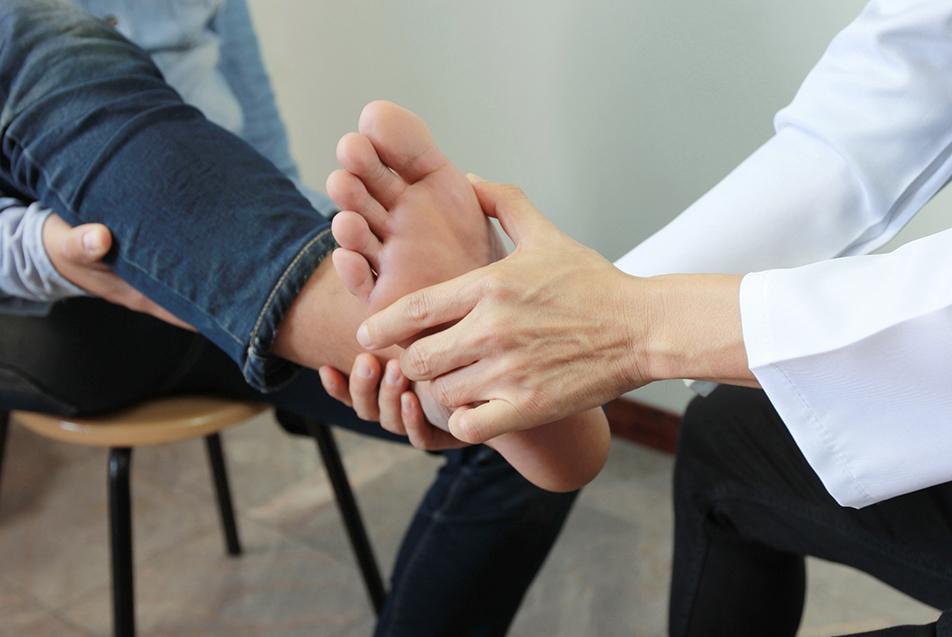
This post was written by Ashley M. Bojrab, DPM, FACFAS, ABPM, PPG – Podiatry.
Warts are a common, unpleasant occurrence for many. There are a number of different types, including plantar warts, flat warts, filiform warts and periungual warts, and all can be stubborn to resolve. While having one of these bumps can be painful, it’s important to pursue proper treatment rather than trying to address the issue at home.
Cause
Warts are small skin growths caused by the human papillomavirus (HPV). They can develop anywhere on the body but commonly appear on the feet. Children, teens and the elderly are the most common age groups affected by these pesky bumps.
Signs and symptoms
Visually these bumps look like thickened or harden skin that have tiny black dots in the center. Often, these black specks are dried capillaries or tiny blood vessels. These bumps can cause pain when walking or standing on the wart or when the sides of the wart are squeezed together.
The appearance of these warts can vary. For some it may present as a single wart spread over an area, and for others, it may be a group of warts clustered together. Both are difficult to treat but on occasion clusters can be even more challenging.
Treatment
Seeing a foot and ankle specialist to help diagnosis the warts and give proper treatment is very important. There are many different home remedies, but it’s important to be careful with the ones you try. We do not recommend attempting to remove on your own wart, as you can do more harm than good.
While these resilient lesions are difficult to treat, there are many options available, including topical or oral treatments, laser therapy, cryotherapy, acid treatment and/or surgical removal. All of these treatments can be unpleasant, so it’s important you explore the options and manage expectations with your provider. Occasionally, warts can resolve without treatment.
Recurrence
Because they come from a virus, warts can become dormant in the body and return at any time. If you do not experience any improvement with treatment, your provider might recommend further testing, such as a biopsy, to evaluate the lesion and rule out other causes of growth.



